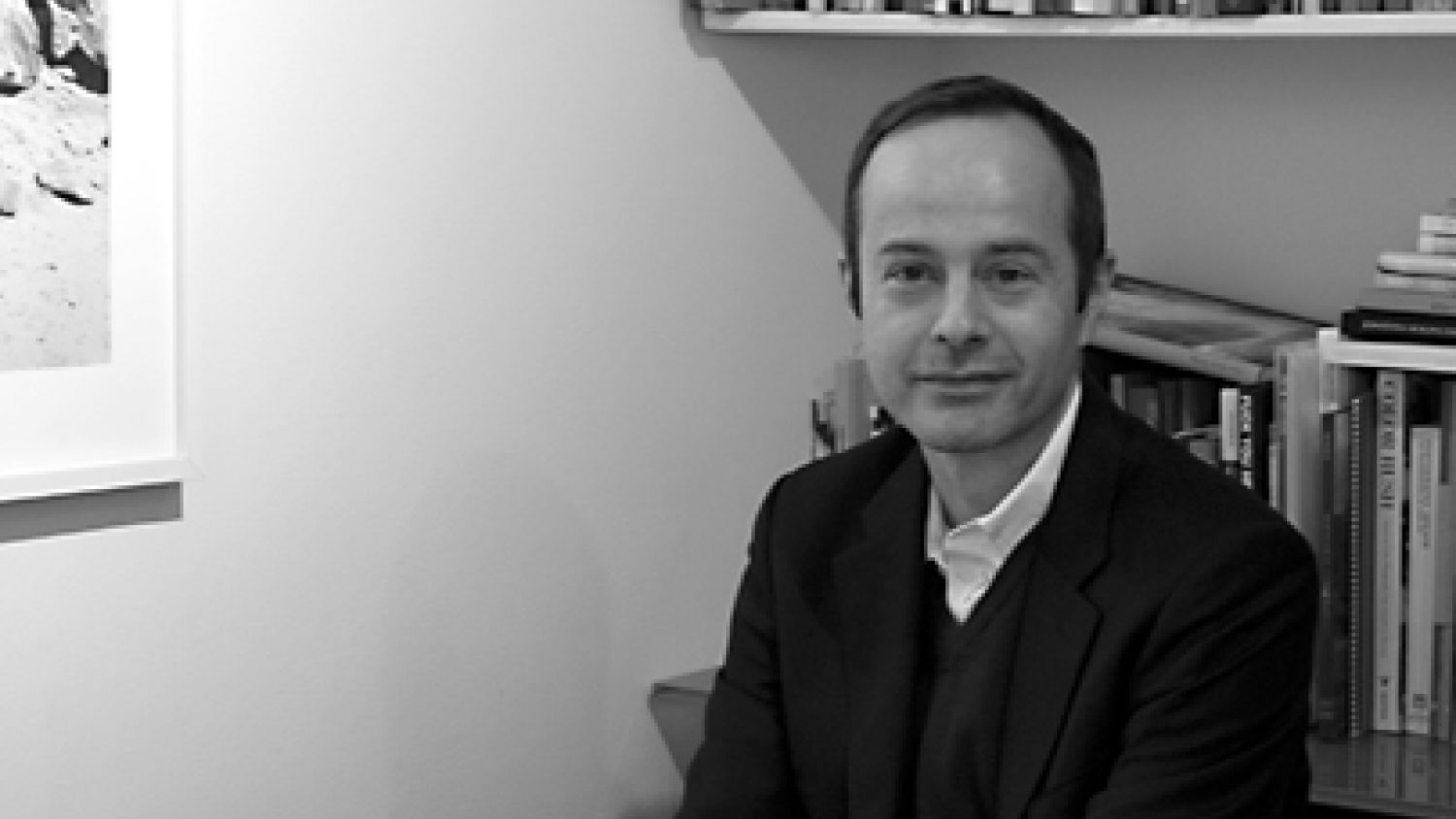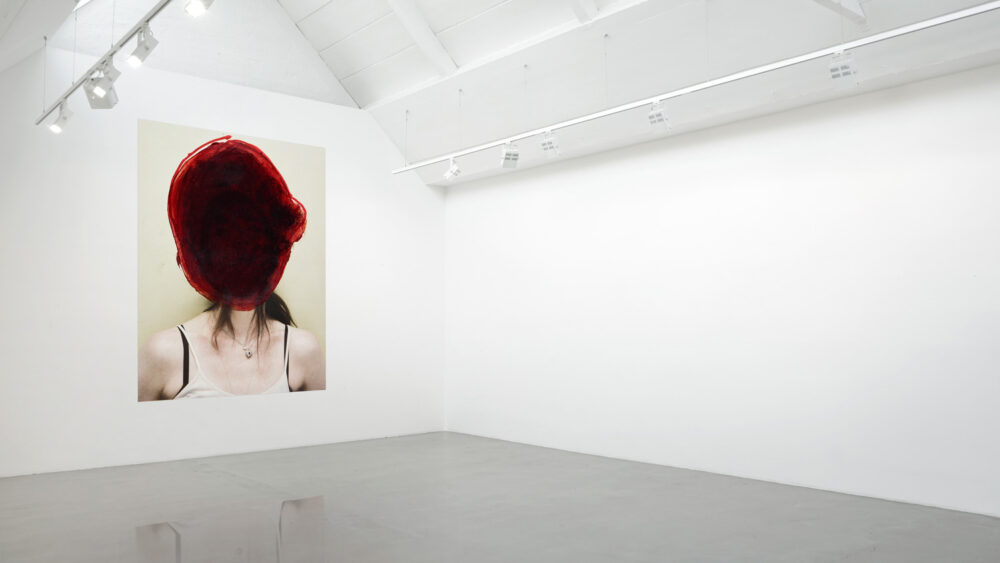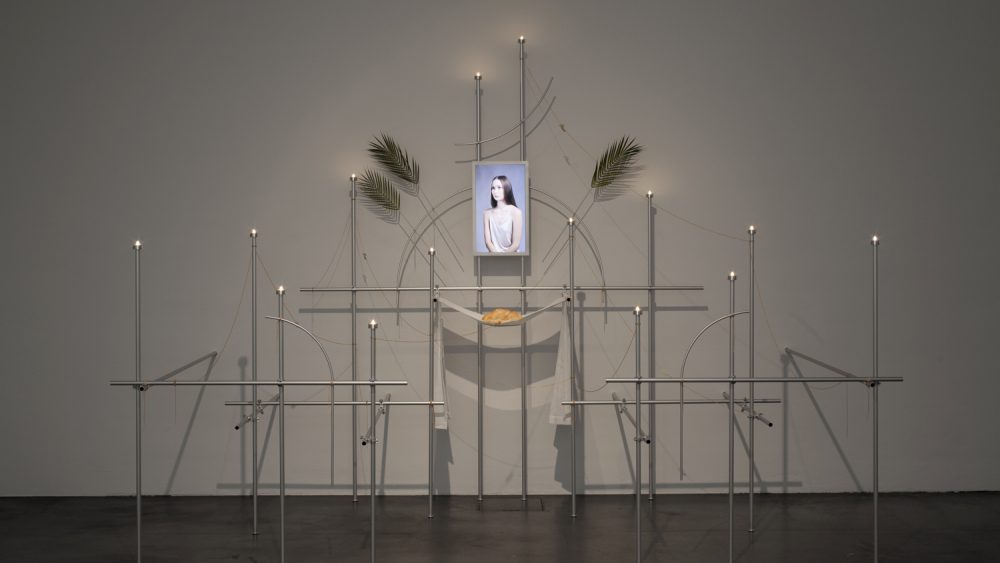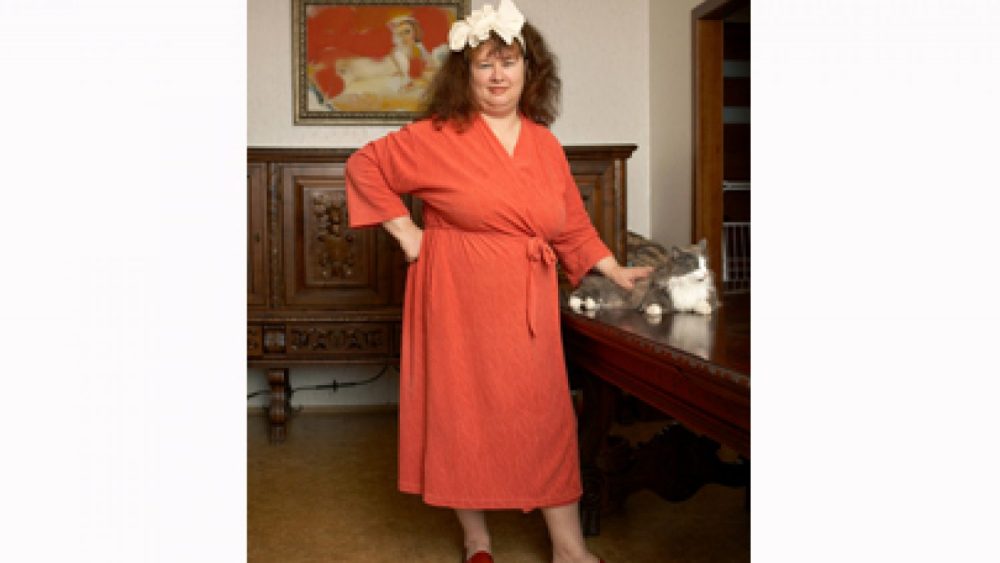10 minutes with Quentin Bajac
Quentin Bajac, the new chief curator of photography at the Museum of Modern Art in New York, a native Parisian, author of a highly regarded three-volume history of photography published by Gallimard, had been a curator for 17 years, first at the Musée d’Orsay and then at the Centre Pompidou. During the museum’s 84-year history, there have been only four previous chiefs of the Photography department and Quentin Bajac is the first non-American. Quentin Bajac spared some time for a short conversation before giving a lecture at Columbia College Chicago.
You first visited MoMA when you were 11. Do you have any memories from that time?
Not really. I would invent them if I’d say I had but I remember that it happened. At that time MoMA was much smaller. It was in 1976, maybe there was a photography show at that time, I should check (laughs).
How has your first year at MoMA been so far?
It has been very welcoming and a very fruitful year. I arrived in the department that has a long history, a deep commitment in the photography. I probably arrived with a different perspective and background, therefore I think that there are some things that we should change. Also, I started my work at MoMA at an interesting context – we are building an extension of the museum, a new building next to MoMA – that will mean more space for the collection and the exhibitions.
What are the biggest differences for you as a curator to work in Europe and America?
I come from French system which is still a public funded – most big institutions receive money from the state, less and less but still. Whereas in the United States, it’s a private funded system. That is the biggest and the most important difference. I didn’t have to do fundraising when I was working in Europe. People also work in a more collegial and collective way in the United States, there is a team spirit.
Alfred Barr, the first director of MoMA, imagined that a museum should look like a torpedo, so the front part would always be in the future, indicating the contemporary. What does a modern museum imply today?
It implies, first, that we have a museum that opened 80 years ago, so we have a museum of modern and contemporary art but you can also say that “modern” in the museum of modern art has two meanings – the one that is related to contemporary and the other that involves “modernist” idea and philosophy that was progressing at the end of avant-garde and it is still very present at MoMA – in the choices of the exhibitions and in the way of acquiring works. However, it is true that we are slightly different of how Alfred Barr had envisioned MoMA in the late 1920s because not only we are still very committed to the contemporary art but we also have a huge modern art collection; the perspective slightly changes but it is quite unusual in fact for a museum to stay strictly contemporary for 80 years. Now we also have MoMA PS1, which is focused on very contemporary art.
MoMA is one of the most well known museums in the world, therefore its audience is not only art people, connoisseurs but also a lot of tourists as MoMA is practically a must-see in New York. Do you pay attention to the variety of audience and how does it appear in your photography exhibitions?
The best exhibition is the one when the organizer decides to do something without paying attention to the audience. The curator has to stick to his own conviction without doing something with a consideration of a specific audience. That is really important. That said, it is true that MoMA has an international public but it is also true that we should attract more New Yorkers than we do; the audience is also changing, we try to bring younger audience and exploring new ways how to bring that audience. We already work with social media, we have developed a digital museum instead of a simple website.
You are interested in bringing more French artists as Sophie Calle and Annette Messager to the museum. Do Eastern European photographers have a chance to be shown at MoMA or at another museum of that scale?
I think they do! We have New Photography event, for instance. This is one of the things I want to change a little bit because I thought that it lacked the visibility and was maybe too American. I imagine it at a larger scale, more international, a sort of a biennale every two years; that means we would attract young artists that use photography from different countries. MoMA is looking quite closely at Eastern Europe, we have work groups that are focusing on different parts of the world and we have one that is absolutely devoted to Central and Eastern Europe. And if you have a look at the artists represented at MoMA, Central and Eastern Europe is a fundamental part of the collection.
The New Photography will celebrate the 30th anniversary in 2015. What is your vision of this show?
I want to make it larger and try to also attract different forms of photography. We should take into account the ubiquity of photography and also show more books, self-publishing, try to build a bridge between the physical and the digital museum among others to encompass all the possible form of photography.
Do you collect photography books?
I have a lot of books but I wouldn’t call myself a collector.
A World of Its Own: Photographic Practices in the Studio is your first show at MoMA. Can you tell more about it and explain your choice?
It was strictly from the collection show, so there were no outside loans. The idea was to do something slightly different from the usual, from the fact that MoMA is connected to the history of documentary photography from Eugène Atget to Walker Evans, Lee Friedlander and Diane Arbus. We do have a splendid collection but when I was opening the boxes and discovered things that I didn’t expect to find there, I realized that there was a possibility to tell another narrative that wouldn’t be the descriptive documentary tradition but more about experimenting. So the idea was to tell how the artists were using their studios. There was a lot of advertisement, fashion, commercial, artistic and scientific photography. It is another way to write American history of photography through that perspective.
You emphasize the thought that photography should be looked at in a more interdisciplinary way. Why is it important?
It seems to me that someone who comes to MoMA first goes to painting and sculpture galleries because they have a narrative display of the history of modern art and they exclude all other mediums, so there is that idea that one can find a medium specific areas with the narrative. When you have a look at the contemporary practices, there are, of course, great photographers that stick to their medium and explore it, an it is perfectly fine, but there are more and more artists and photographers switching from one medium to another, trying to find the best medium to present the idea. I think that our role is to adjust to the way the artists are practicing. And it also goes back to the thought, which was also very important to Alfred Barr, that the history of modern art was multidisciplinary one. Maybe along the way we have forgotten that multidisciplinary thinking.
Since the 1970s the photography finally acquired the place on the wall. Then, with the Internet and mix of the mediums, it was now longer important to put it within a frame on the wall. Do you see another shift for this medium?
I was talking about the digital museum, that might be the new shift. The photography market will also need to change some rules because, for instance, there are artists who produce only for the screen. We all will need to adapt. I also have an impression that a lot of young photographers come back to more physical work – making images as objects. That is also topical today.



